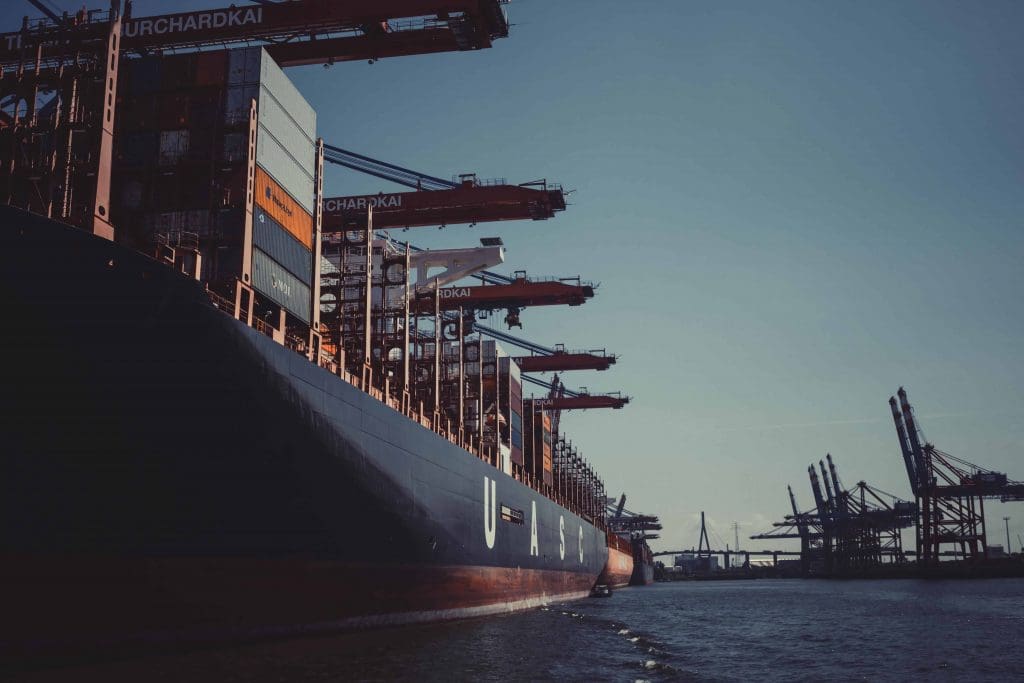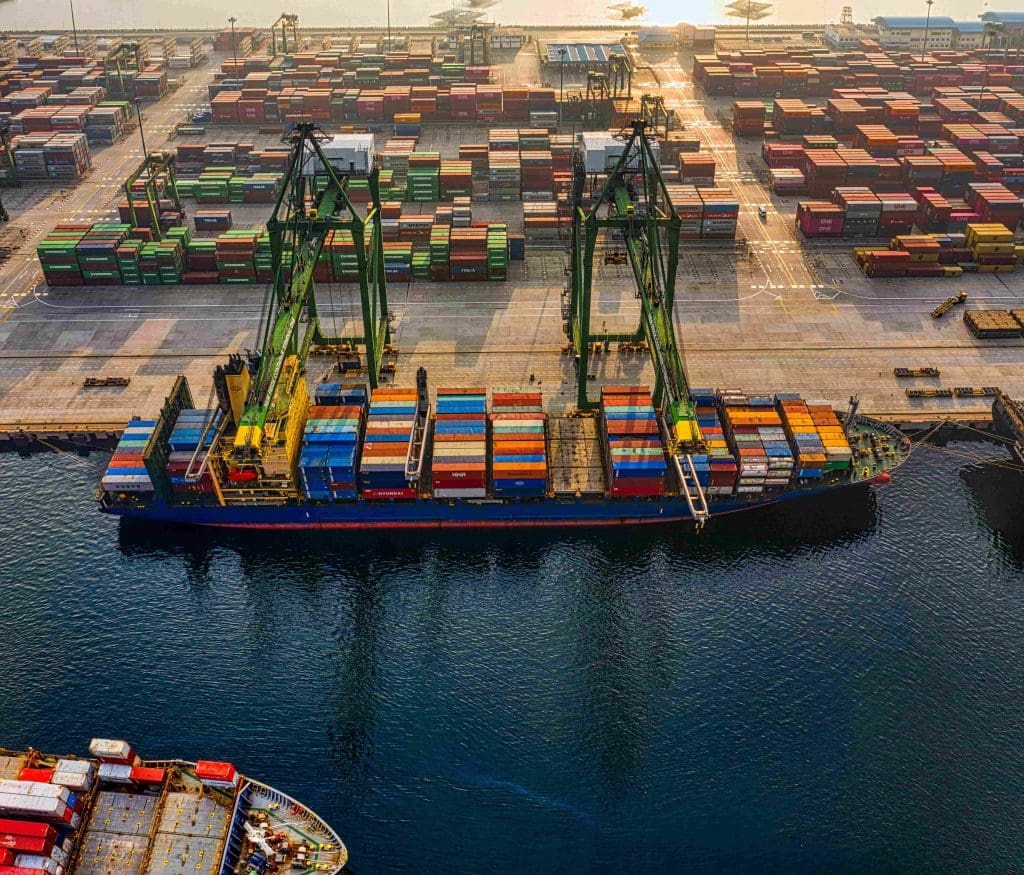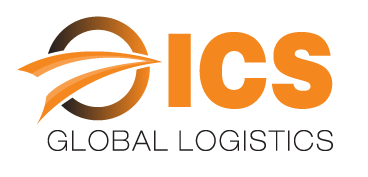The supply chain is, in very basic terms, a linear process of value addition whereby goods are manufactured, transported and then delivered to the end consumer. But does this process end at the “end consumer”? What about the product after it has been delivered to its destination? What comes after that? The answer to these questions is “reverse logistics”; and the driving force behind this is the ability of customers to return the products they buy. Let’s understand what is reverse logistics and how return of products affects the global supply chains.
End Consumer Begins a Whole New Process of Reverse Logistics
Reverse logistics has a simple definition: the backward flow of goods which starts at the consumer and end at the supplier or manufacturer, who is then responsible for deciding the fate of the returned products – remanufacturing, refurbishing, recycling, complete disposal, or reselling. It also encompasses the lifecycle of the product when it is recycled or disposed of by the consumer. However, the process is not as straightforward as it seems. There are multiple variables at play, and billions of dollars at cost – a figure which keeps increasing as the number of returns facilitated by easy return policies keep going up.
But why do customers return their products? There are four main reasons for this:
Faulty, damaged or defective goods: Products do not always arrive in the best conditions. Due to improper handling, packaging problems or manufacturing defects, products can get damaged. There are also instances where only some part of the product is delivered while the other parts are not. It is justifiable for customers to exchange or return their faulty products, but the backward process is initiated at either choice.
Insufficient quality: Quality standards suffer at the manufacturing unit in most cases, and this can happen when safety protocols are not followed, cheap or inferior materials are used in production or depreciated machinery is used. Customers generally send back such products, unless they can repurpose or fix it.
Not meeting the customer expectations: The scope of this reason is immeasurable. It could include anything from unsatisfactory quality standards, size or color issues to false advertisements. Often, products do not end up being the same in reality as they look in the images provided by the supplier on websites or apps.
Bulk orders to try multiple options: With a boom in number of “affordable and fast fashion” websites or apps that sell trendy clothes, bags or other items at very low prices, the horizon of what all can one buy on the internet has widened beyond imagination. As such, people buy multiple products, try out which ones fit them, and return the rest. Fashion “hauls” have become the biggest reason for returns in the clothing industry.

So What Exactly is Reverse Logistics?
Let’s say a man bought a lamp shade from a home décor shopping app. When the lamp shade arrived at his house, it was chipped from one side and the man decided to return the product. Now, he will choose the return option on his order summary and the supplier or manufacturer of the lamp shade would send a third-party person employed by them to collect the product back from the man.
When the lamp shade will reach the manufacturing unit where it was produced, it will be inspected, and then it will be decided whether to fix, remanufacture, refurbish or dispose it. The lamp shade may also be fixed and put up for sale again.
When consumers decide to return the products for whichever reason, it is the responsibility of the supplier or the manufacturer to build a channel for the backward movement of that good in the supply chain. The one who issues the warranty is the one who finds a way to facilitate returns. Thus, reverse logistics is also managed by manufacturers/suppliers/logistics professionals/third party outsourcing in the similar way that the logistics industry is maintained in global supply chain management systems.
The Goal of Reverse Logistics
Reverse logistics is not simply bringing back the product. As a process in e-commerce and supply chain management, it has to be systemized, cost-effective and dynamic.
The purpose of reverse logistics is to recoup some of the losses, as much as possible, from making the initial sale. The entire cost incurred cannot be recovered, but businesses try to get back as much as they can, or attempt to get value addition from the process. The most common way to do that is to reintroduce sellable stock back in the market, and that itself is achieved by remanufacturing, repairing or repackaging the goods for retail.
While there are losses involved in this process, entirely ignoring and not having a reverse logistics management in a business can be even worse. It shows unreliability and unaccountability to the customer, directly impacting customer loyalty and brand image – the two most important thing that build and sustain any business.
The 5 R’s of Reverse Logistics
The 5 R’s of Reverse Logistics is a management concept that can help suppliers/manufacturers/third-party outsourcing companies in effectively managing their reverse logistics.
Returns and Recalls: Avoiding returns by producing good quality goods, safe shipment and timely delivery is the best way to deal with the whole problem. When that is not done, having a proper return policy is fundamental, wherein after the product is collected from the consumer, it is properly inspected, tested and then sent for remanufacturing, repairing, reselling, recycling or disposal. At times, goods can also be recalled by the companies or even the government when some danger is perceived to exist or a quality standard is not met judiciously.
Reselling: If it is determined that the product which was returned is not faulty or defective, it can be put back in the market for reselling after repackaging and being returned to the inventory. A product returned by someone could be the product somebody else was looking for. Reselling helps reduce costs. Afterall, the aim of reverse logistics is to redistribute the goods and not take a total loss on them. The secondary market is worth hundreds of billions globally.
Repairing: Any defective or damaged product that can be fixed should go for repairing. It can enable lower cost of returns and the product can be put back in circulation of goods, or sold at discounted rates. If a product is damaged beyond complete restoration, any components which can be salvaged and utilized elsewhere can be removed and stored for any other such purpose.
Replacement: Sometimes, customers order products that are of different size or color than they want and do not realize that until the order has been delivered, or the supplier accidently sends the wrong configurations. In such cases, businesses should have a simple replacement system set in place as easy replacements are a simple method to maintain customer retention rates.
Recycling: Sustainable practices have taken a front seat in business operations and customer choices. The Pacific Garbage Gyre is a brilliant yet tragic example of what improper disposal of goods can result in. Better than disposal, unless it is the last remaining alternative, is to recycle and repurpose products. Reclamation and recycling efforts for electronic devices have had a huge impact on reducing e-waste and increasing profit margins for many tech companies.

Is it a Costly Problem or a Competitive Advantage?
Returns are not simple or cheap. As we have read thus far, the process is complex, dependent on multiple variables, and a costly affair. It is expected that the cost of reverse logistics will exceed 1 trillion USD in the next few years. Approximately 30% of the products that are purchased online are returned to the supplier. Outsourcing a third-party company to collect the returned products, establishing field repair operations centers, the payments for inspection, repair, remanufacturing and disposal, all add up to the cost as an additional layer on top of initial order fulfilment. Big companies like Amazon can afford a liberal returns policy unlike small businesses that suffer immense damage when their products are sent back.
However, there is a bright side to this as well. When a business has a return policy and invests in reverse logistics, it shows to its customers that it is willing to take responsibility and be held accountable for any faults or mishaps on its part. It also signifies that the customer satisfaction is a priority to the business and not just earning revenues and making profits. As such, an effective reverse logistics management can give competitive advantage to a company by assisting in building brand loyalty, customer retention and reducing costs.
To conclude, we can determine that reverse logistics is fundamental to supply chain management. The life of a product has a circular flow and reverse logistics assists in maintaining that process. Since it has emerged as an established and distinguished area of study in the recent years, there is a lot more to be researched and understood. What can be said for sure is that effective, smooth and strategic reverse logistics management is indispensable for the good of the economy and the environment.

